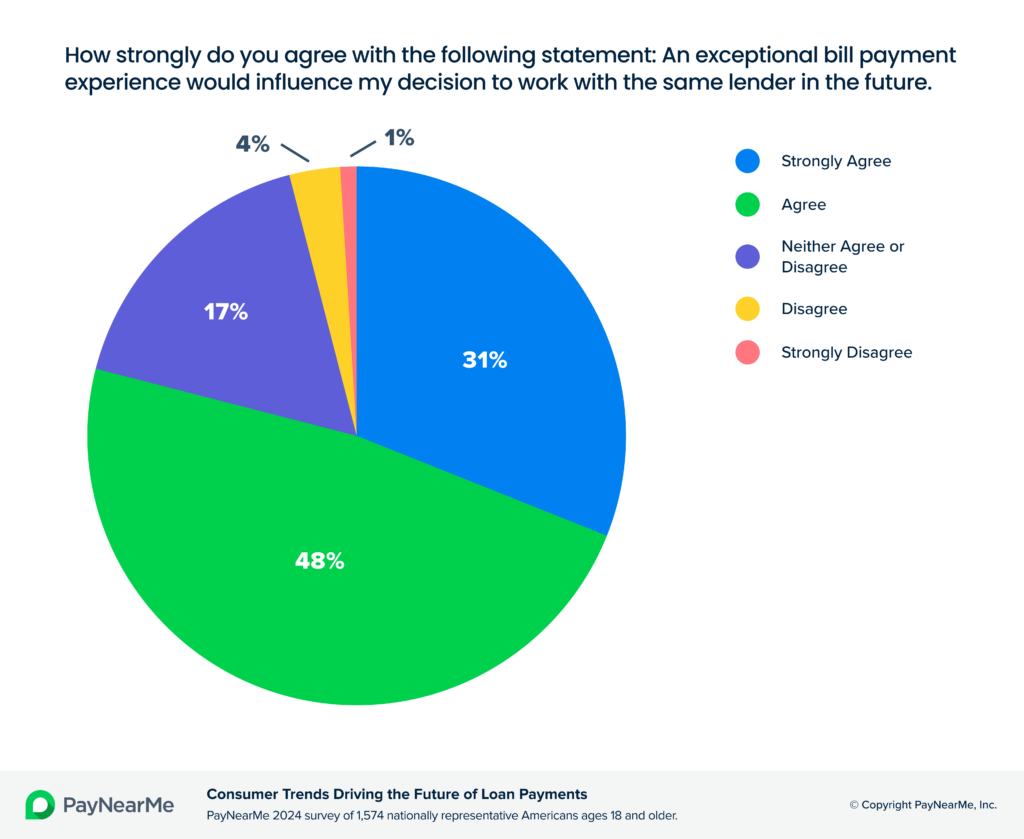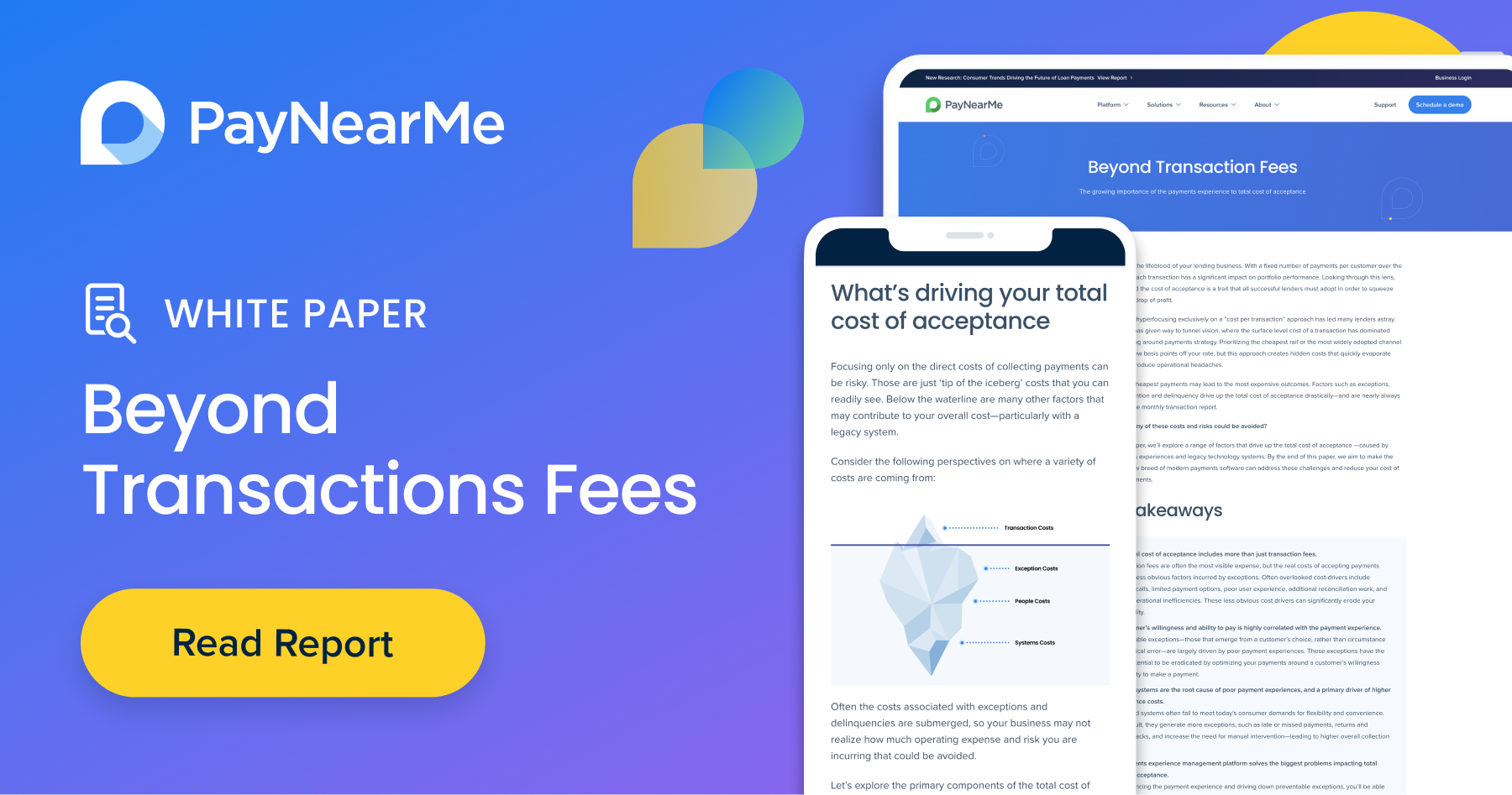The Role of a Modern Bill Pay Platform

Payments used to be just transactions between consumers and businesses. If the process was slow, inflexible or required manual work, that was part of the deal. Now, however, payments are a central focal point in the customer experience. Particularly for businesses that rely on recurring billing, enabling easier, faster payments is a critical path to fewer delinquencies, lower costs and greater efficiency.
So what does that really look like? For billers exploring opportunities to modernize payment operations, what should you look for in a new payments platform?
First and foremost, the right-fit payments platform should solve your biggest problems. And that can mean different things across different types of billers. Yet, ultimately, a platform that focuses on simplifying and streamlining processes can make life easier for your business and your customers—and that creates a stronger foundation for growth.
Modern platforms can—and should—touch many parts of your business, allowing you to achieve wins, such as:
Enabling fast, frictionless payments
PayNearMe’s consumer research has found that people often delay or defer dealing with bills that are a hassle to pay. Making your bill the easiest to pay can help you climb the payments priority ladder. It may also reduce exceptions to free up staff to focus on more important needs.
A modern bill pay platform should eliminate common pain points that may lead to late payments. For example, 52% of people surveyed said that having to remember usernames and passwords makes paying bills more difficult. Many others find it hard to keep track of due dates, and get frustrated when a bill pay website offers only limited options like ACH when they prefer using alternative payments such as PayPal, Venmo, Cash App Pay, Google Pay or Apple Pay.
Fintech innovators can remove these roadblocks with flexible, user-friendly options that make it easier to pay bills on time.

Prioritize self-service payments for low intervention
Even if your business has been accepting online payments for years, is it really optimized for self-service? All too often, customers have trouble remembering logins or cannot easily navigate a bill pay portal on their smartphone. So they end up calling to make a payment by phone, and that gets costly for the business.
Improving your self-service experience is a powerful way to keep costs down and customers happy. In fact, 81% of consumers say they want more options to handle tasks on their own. A modern bill pay platform should have self-service built into as many parts of the payment process as possible.
For example, it should enable 1-click payment reminders via text message or email, which solves two major problems at once. Nearly half of all consumers surveyed (47%) agree that receiving a digital reminder when a bill is due would make it easier to pay on time. And with a personalized link, they can jump directly into their account in the payment flow and pay in a few taps, with no login required.
Increasing autopay adoption is another top consideration. 65% of consumers who do not use autopay say it’s because they want more control over when bills get paid. The right modern platform should provide options beyond the basic ‘on or off’. For instance, 65% of payers say they would be more likely to enroll in autopay if it offered more scheduling flexibility. Look for a platform that enables customers to choose their payment date, allows them to split payments within a month, and even vary payment methods, so they can more easily manage cash flow.

And don’t forget cash payers. Typically, people who prefer to pay bills and loans in cash can only do so if they have access to a company’s local office, and can get there during business hours. It’s tough on customers and requires costly manual work for the biller.
A modern platform should provide a digital alternative to in-person cash acceptance. With a personalized code, they can pay a bill at stores they already frequent such as Walmart, CVS or 7-Eleven.
These are just a few of the self-service capabilities that streamline payments, and should be on your list as you evaluate your next bill pay platform provider.

Reduce costly exceptions
As all billers know, exceptions happen, regardless of technology. Non-sufficient funds (NSF) declines and chargebacks can drive up the cost of payment acceptance. Even so, a modern payments platform should have tooling in place to help reduce exceptions and speed up resolution.
Imagine if you could:
- Minimize ACH failures by setting custom rules that detect customers with frequent NSFs and redirect them to another form of payment
- Automate retries to improve success rates without requiring staff time for manual intervention
- Save time and win back disputed payments with a single dashboard for managing chargebacks
- Access a library of best practices to prevent and manage payment disputes
Any and all of these capabilities (and more) should be integrated into your next platform to help reduce costs, complexity and administrative burden.
Speed up processes with automation
Beyond some automation opportunities we noted earlier, there are additional back-office processes that can benefit from a modern payments platform. In particular, many businesses are still grappling with manual processes for authorizations and reconciliation. Your next provider should make it easy to digitize and optimize payment acceptance end-to-end, with automated efficiency that helps reduce costs and errors.
If your business serves cash-preferred customers (e.g., non-banked consumers, subprime borrowers, etc.), consider the time, effort and compliance concerns involved in taking payments in person, reconciling to accounts, plus securely storing those funds and transporting them to your bank. An innovative platform can automate the workflow for cash intake by enabling acceptance at retail locations. The customer automatically receives confirmation; transaction data auto-syncs to your accounts for reconciliation, and the funds are digitally transmitted to your banking institution.
Plan for flexibility today and far beyond
For businesses investing in digital transformation for payments, future-proofing should be a high priority. It’s critical to choose a payments platform that is configurable to meet today’s needs, and extensible to grow with your business and evolve with the changing payments landscape.
In addition to flexible technology, it’s important to partner with a provider that has a roadmap and support structure that aligns with your vision. The right fintech partnership should be highly collaborative to help your business take advantage of innovations that elevate your business, and enable your teams to stay focused on strategically important work.
With that in mind, PayNearMe has created a Buyer’s Guide. Check out our tips and RFP worksheet for Choosing the Right Payment Provider.




